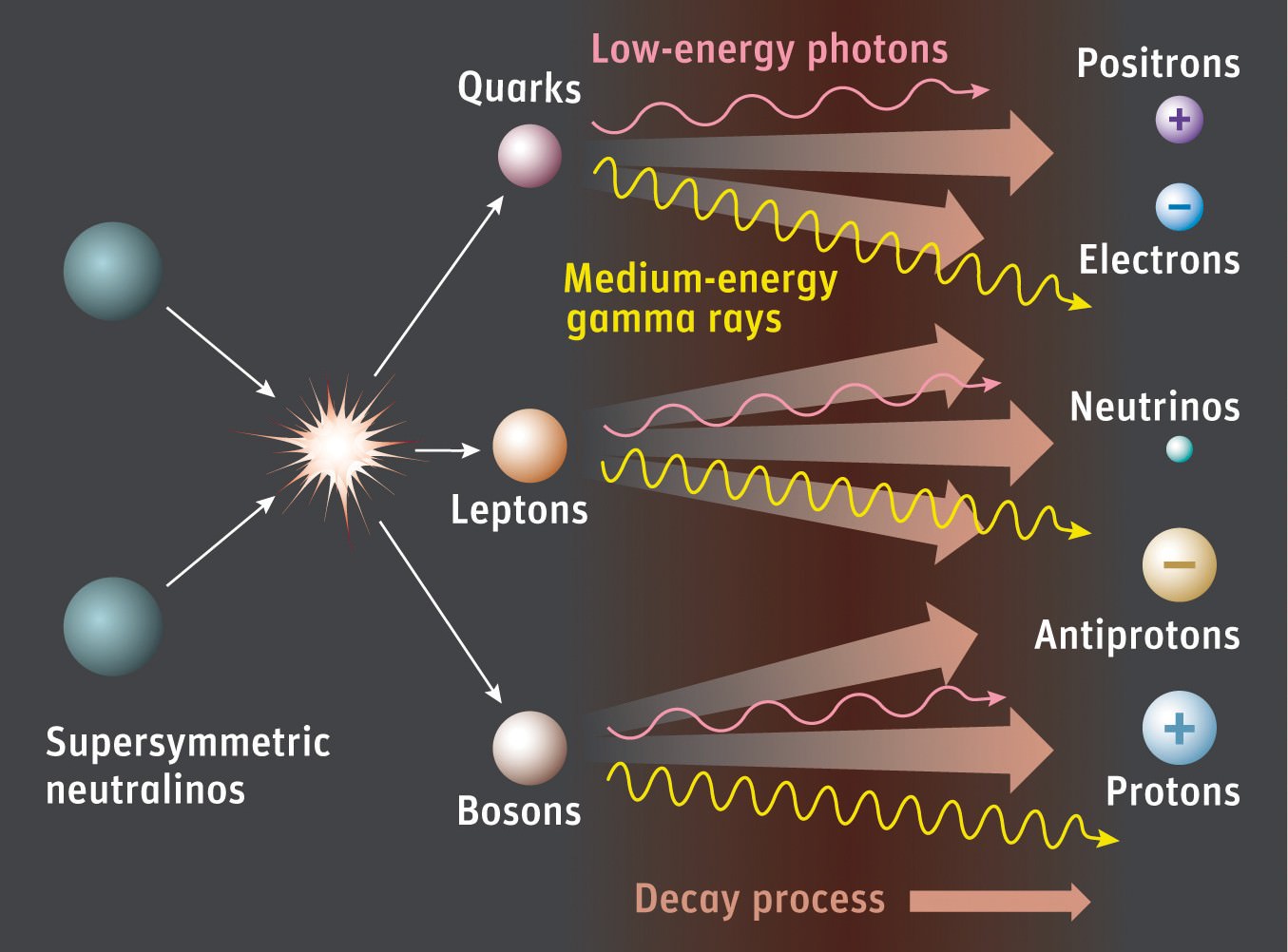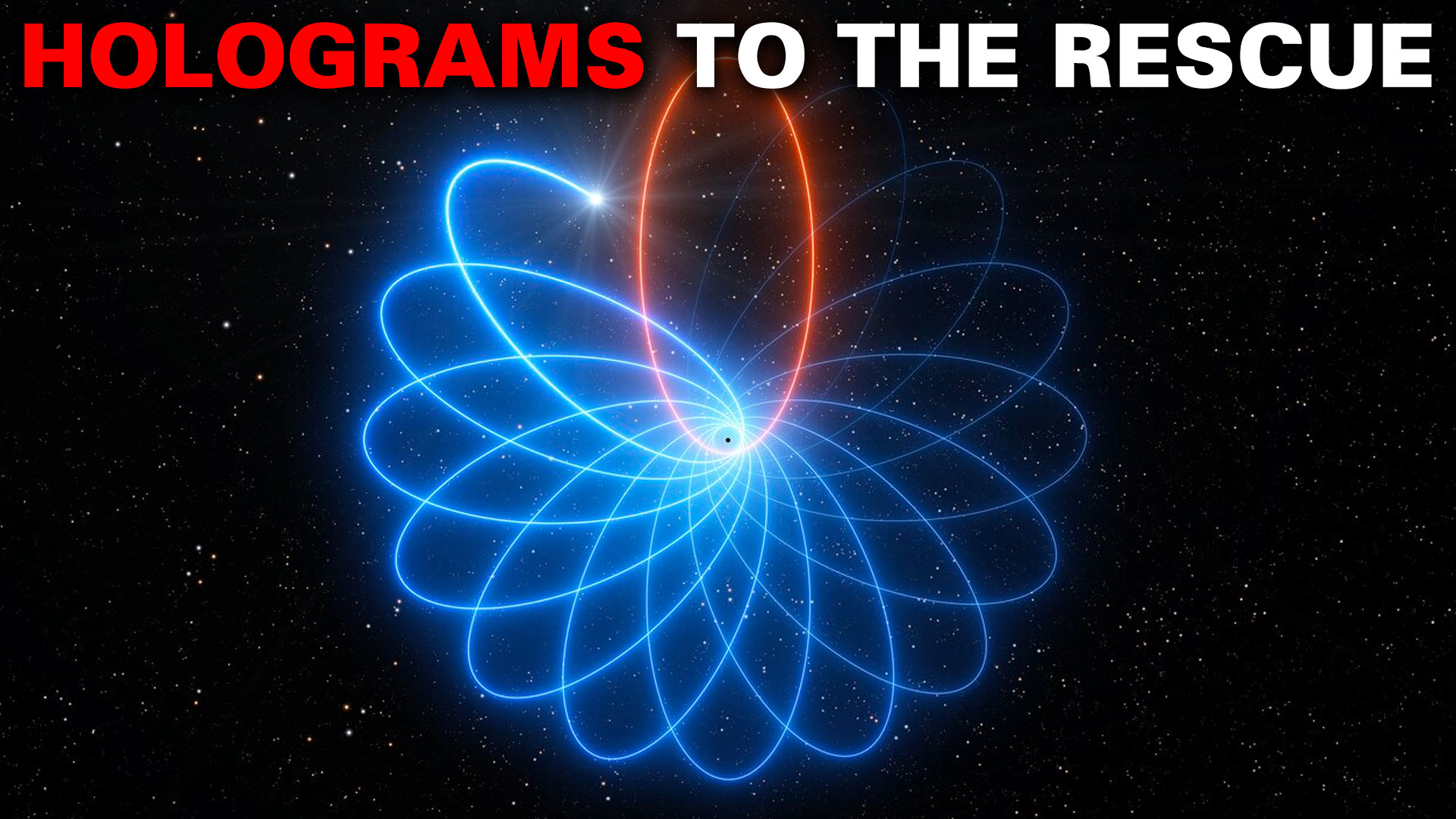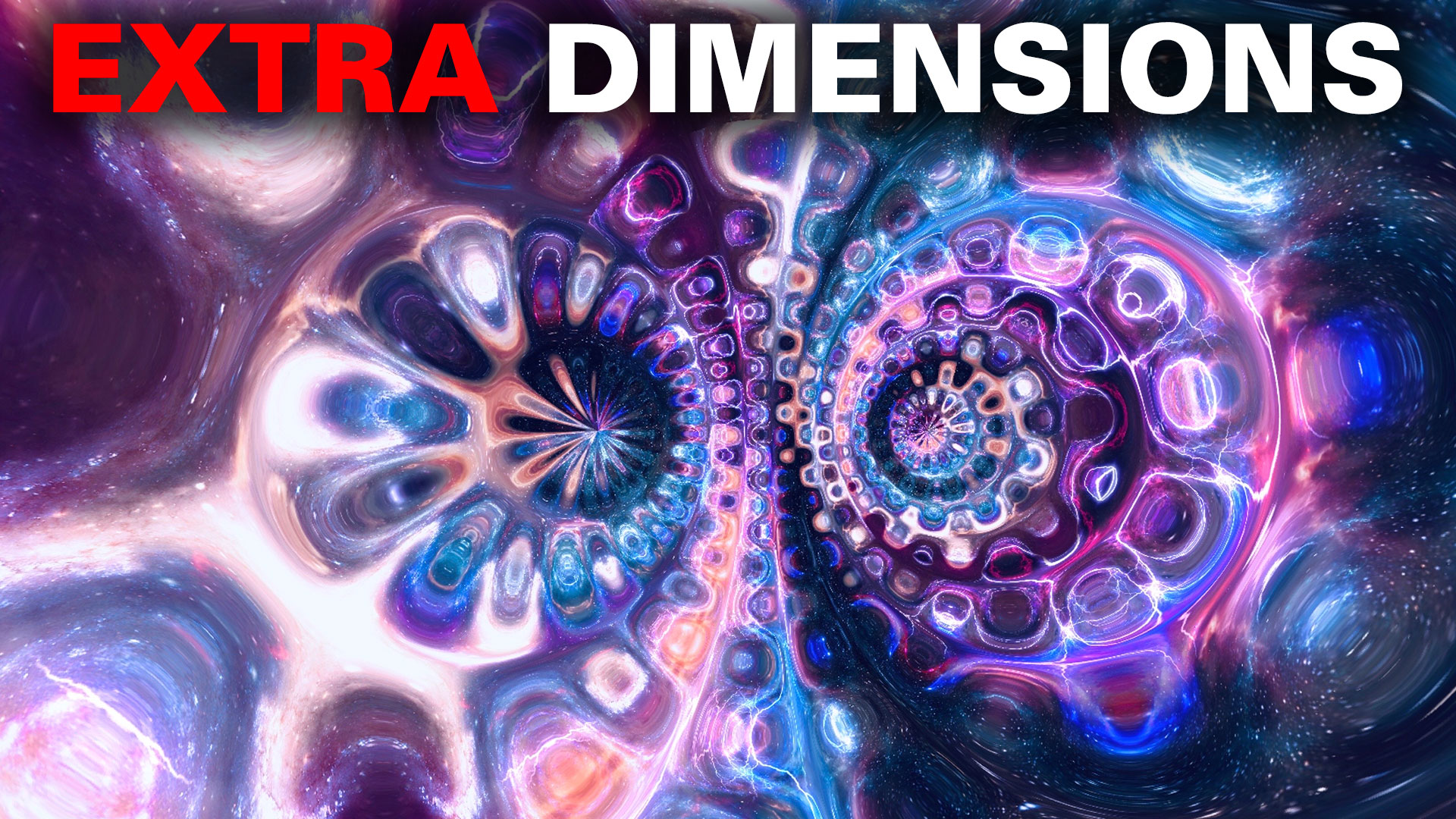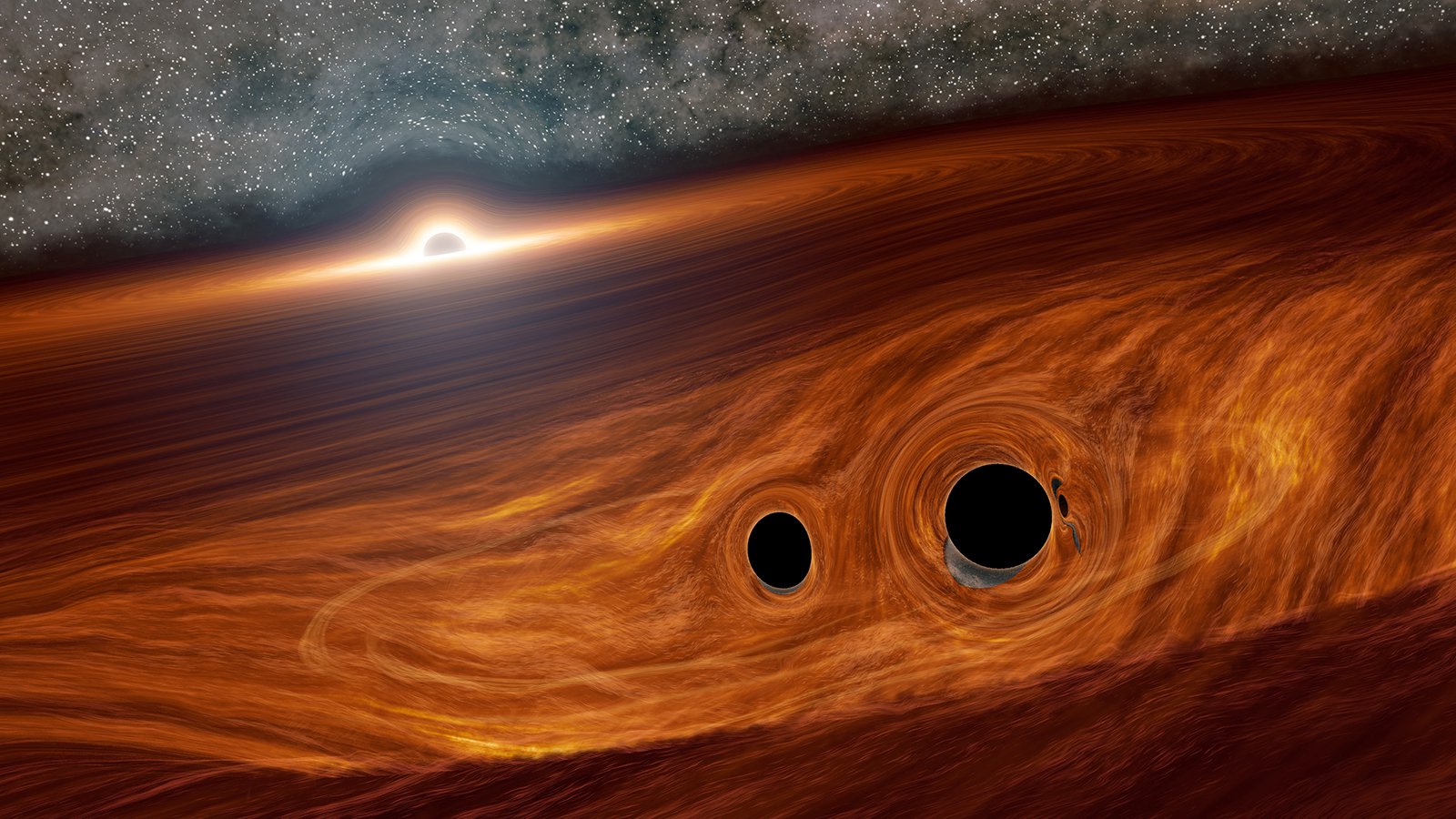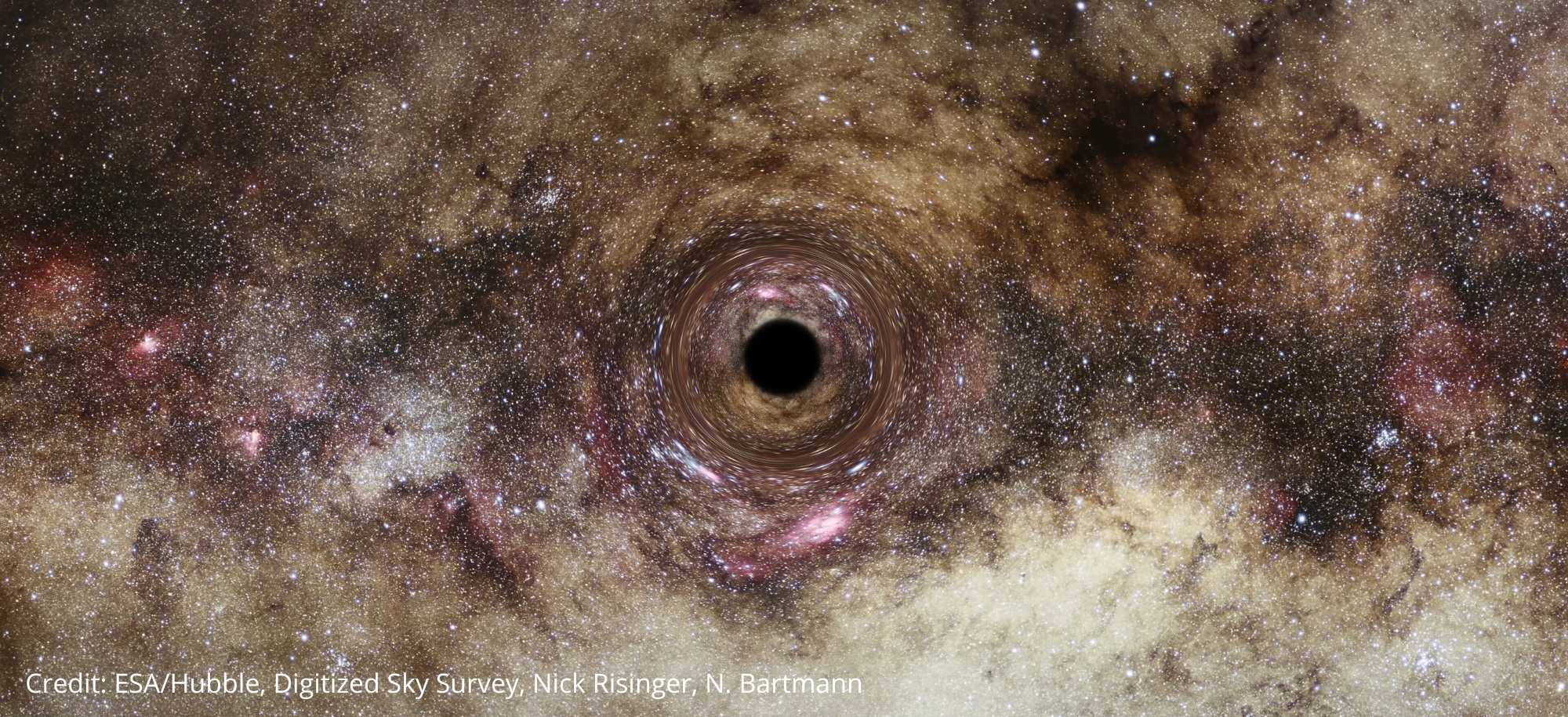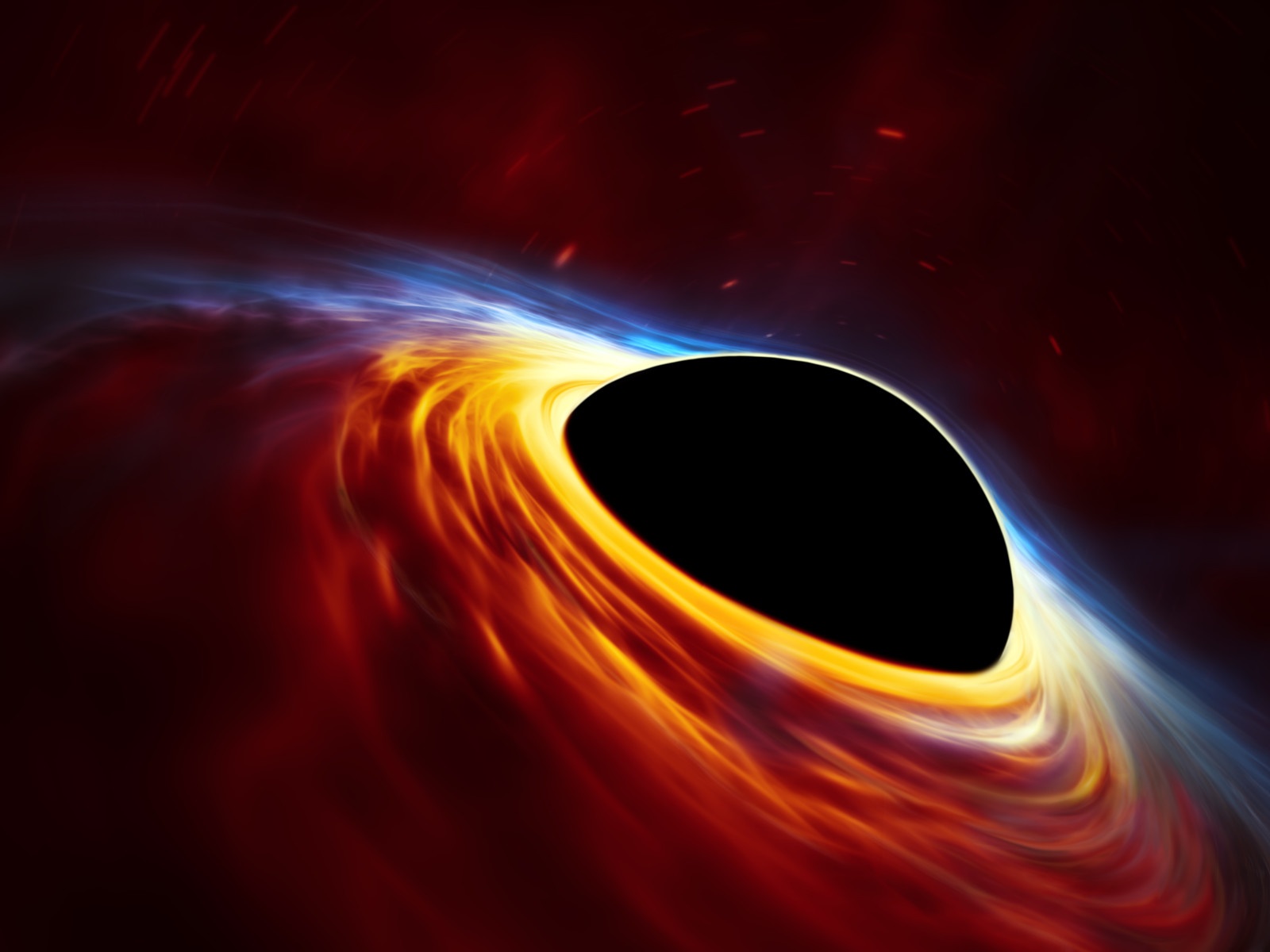String theory, like most revolutions, had humble origins. It started all the way back in the 1960’s as an attempt to understand the workings of the strong nuclear force, which had only recently been discovered. Quantum field theory, which had been used successfully to explain electromagnetism and the weak nuclear force, wasn’t seeming to cut it, and so physicists were eager for something new.
Continue reading “How Supersymmetry Saved String Theory”How Supersymmetry Saved String Theory
